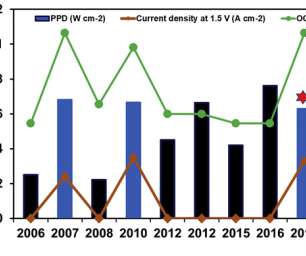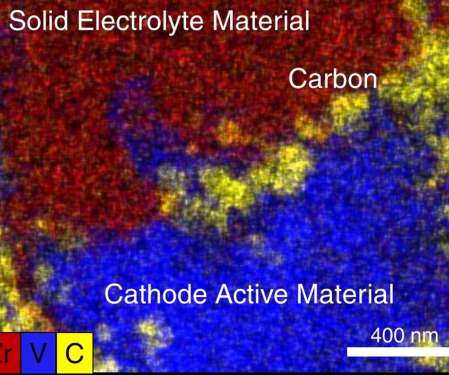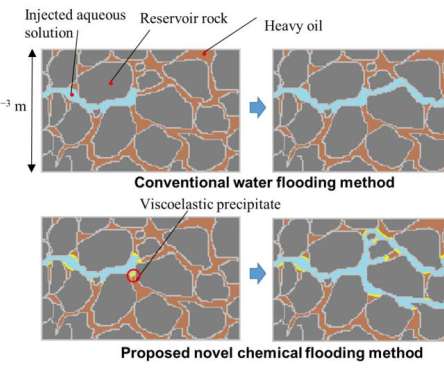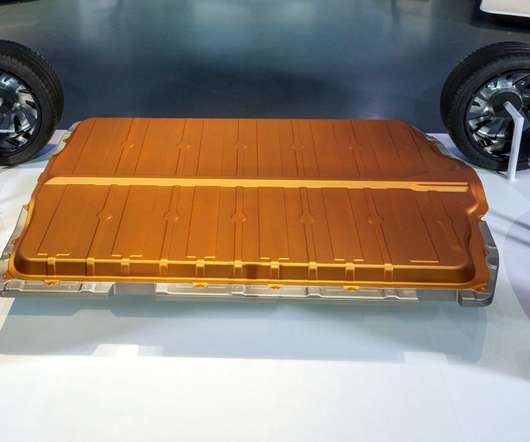New solid-electrolyte interphase may boost prospects for rechargeable Li-metal batteries
Green Car Congress
MARCH 12, 2019
In a paper in Nature Materials , the Penn State team reports a molecular-level SEI design using a reactive polymer composite, which effectively suppresses electrolyte consumption in the formation and maintenance of the SEI. In this project, we used a polymer composite to create a much better SEI. V Li|LiNi 0.5 —Thomas E.




























Let's personalize your content